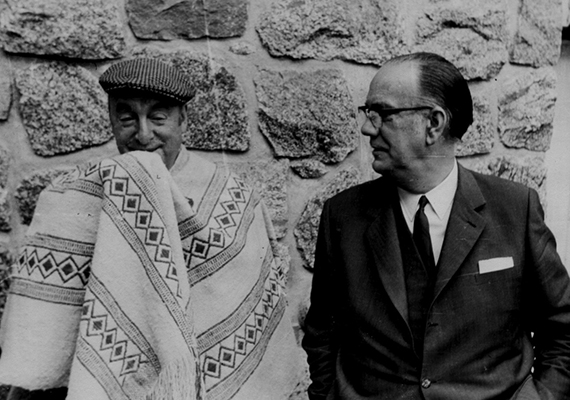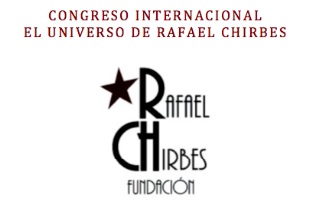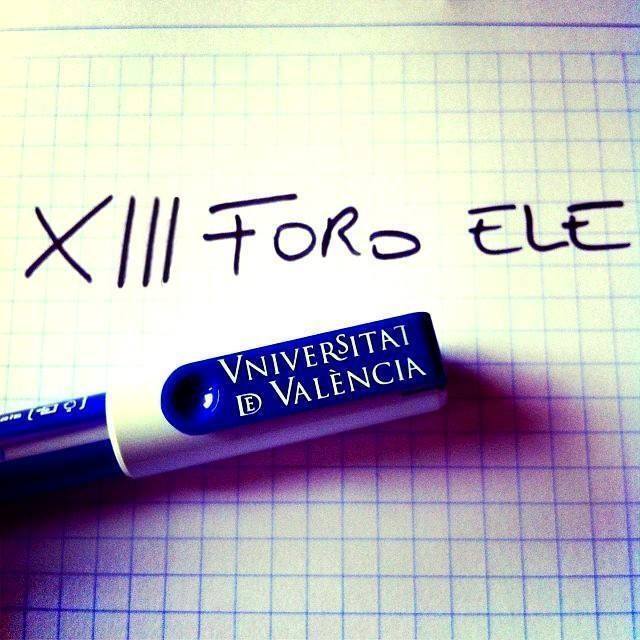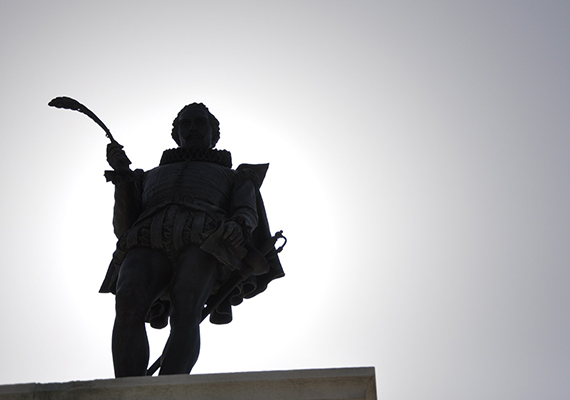
The Spanish National Library hosts an exhibition which recalls the life and work of the Galician writer -Nobel Prize in Literature in 1989- in the hundredth year from his birth.
11 july 2016
“I write from solitude and I speak from solitude. Mateo Alemán in his Cuzmán de Alfarache and Francis Bacon in his essay Of Solitude said [...] that the man who seeks solitude has much of the divine and much of the beast in him. It comforts me to think that I have found, not searched, solitude [...]”.
Few post-war authors can be alluded to using the terms “A Hundred Years” and “Solitude” without automatically turning our thoughts towards Gabriel García Márquez. However, this association happens naturally too in 2016 with Camilo José Cela. The extract above is from the speech he gave in 1989 to the Swedish Academy; still the penultimate Spaniard to win the award, thanks to a “rich and intense prose which, with contained compassion, recollects a challenging vision of men’s vulnerability.
The association is natural in 2016 becasue 100 years have gone by since Camilo José Cela was born in “his” natal Ira Flavia. The foundation which carries his name seeks now to narrate his “personal, intellectual, literary and artistic adventure” through an exhibition which includes over 700 personal items owned by the novelist.
“CJC: 1916-2016. The centennial of a Nobel Prize Laureate. One book and all the solitude” is an exhibition organised by the Galician Public Foundation of Camilo José Cela and Spanish Cultural Action; the Spanish National Library has also collaborated with the preparations. This last institution will host the exhibition, launched this week and open to the public until September 25.
Subsequently, the exhibition will travel to the Gaiás Centre Museum at the Cidade da Cultura de Galicia (Santiago de Compostela), where it will remain from November 18, 2016 to February 19, 2017.
The 700 works on exhibition reveal the author’s variety of personalities: his manuscript of The Hive or the first edition of the Pascual Duarte Family; his Nobel Prize Diploma; his paintings; old, sepia-coloured pictures of his childhood, his first marriage, his family... Three invariable concepts from his adult life keep some order -the foundations to this exhibition-: “the narrator, the importance of his novels and the relationship between CJC, culture and society in each historical moment”.
This is not the only homage paid to the Galician writer. Dozens of exhibitions, talks, reeditions of his works and other events will take place during this year all around Spain. Some of them are listed here by the Cervantes Institute (nonetheless, not an exhaustive list by any means). But, for the time being, the one which seems to remember the writer CJC, artist CJC, elusive CJC the most extensively will remain, until September, at the Paseo Recoletos de Madrid.











